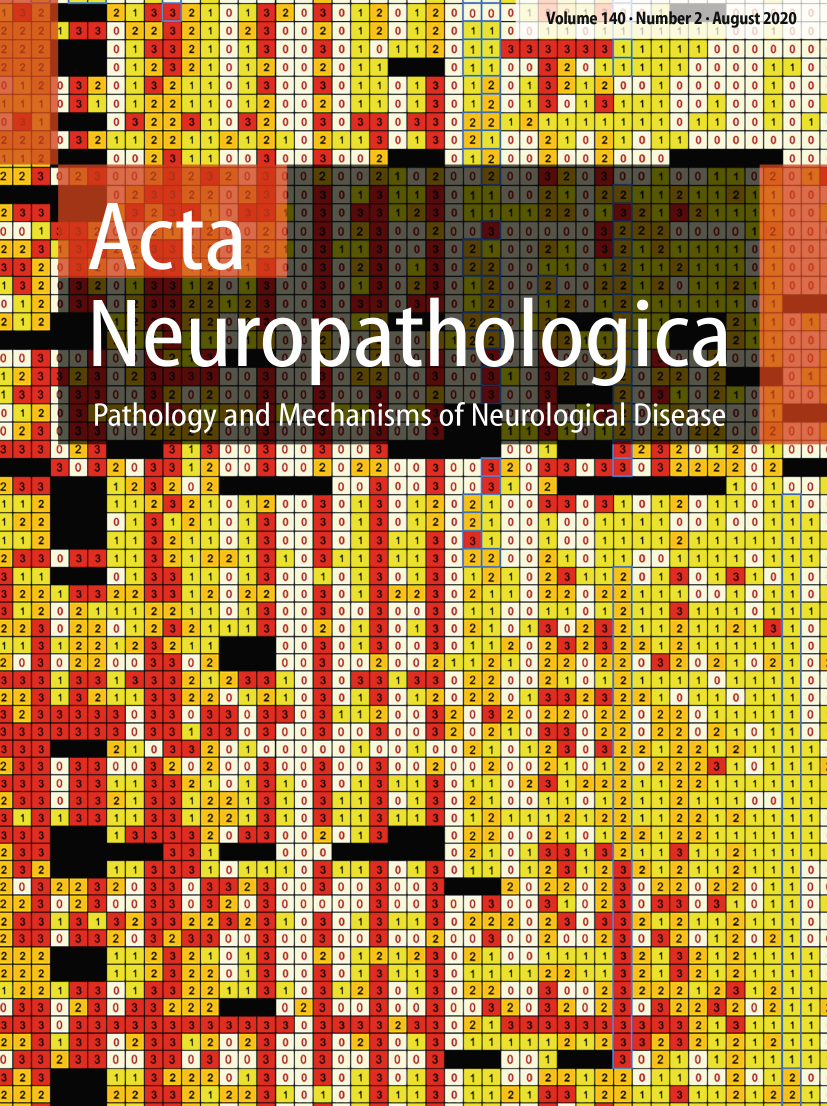The Impact of Light Patterns on Pineal Function

본문
The pineal gland is a small endocrine gland located in the vertebrate brain that is responsible for manufacturing the hormone melatonin. Melatonin is often referred to as the "sleep hormone" and its release plays a essential role in managing our sleep-wake cycles, also known as our circadian rhythms. While the pineal gland has been studied extensively in relation to sleep and melatonin production, recent research has revealed the importance of light exposure on pineal gland function.

Light exposure, particularly ambient light exposure, sends signals to the pineal gland to either generate or inhibit melatonin depending on the time of day. During the day, artificial light exposure inhibits the production of melatonin, allowing us to feel alert. However, when the sun sets, light exposure decreases, and the pineal guardian buy gland is stimulated to produce melatonin, promoting calming effects and helping us to fall asleep.
Consistent exposure to natural light patterns is essential for upholding our circadian rhythms and pineal gland function. This is known as circadian entrainment, where our internal 24-hour clock synchronizes with external environmental cues, such as light and darkness. Disruptions to our artificial light exposure patterns, such as working day shifts or travelling across time zones, can disturb our internal clock and lead to problems with sleep and other physiological processes regulated by the pineal gland.
In addition to promoting sleep and regulating our internal clock, light exposure also plays a function in other pineal gland functions, such as regulating our emotional responses and social behavior. For instance, exposure to specific wavelengths of light has been displayed to increase our feelings of happiness, while other wavelengths can have the reverse effect.
While man-made light sources, such as those emitted by smartphones and televisions, can mislead the pineal gland into producing melatonin at the wrong times, it is important to emphasize natural light exposure when possible. This can be accomplished by spending time indoors during the day, using phototherapy lamps during winter months when natural light is rare, or simply brightening up our living spaces with more natural light.
In conclusion, the pineal gland is a highly adaptable organ that responds to light exposure patterns in our environment. While disruptions to artificial light patterns can have significant consequences for our sleep and overall well-being, by prioritizing natural light exposure and upholding a consistent circadian rhythm, we can support pineal gland function and preserve optimal health.

댓글목록0
댓글 포인트 안내